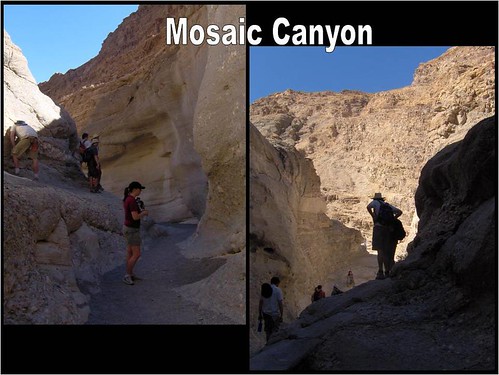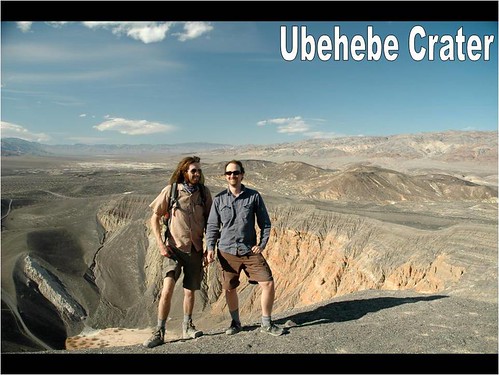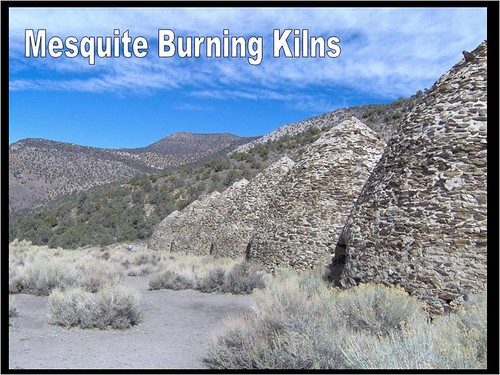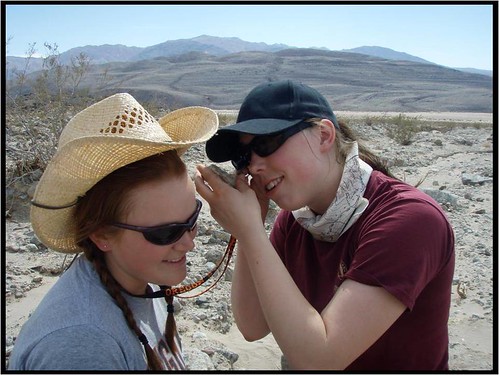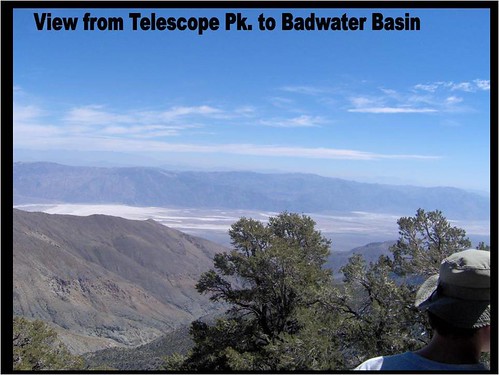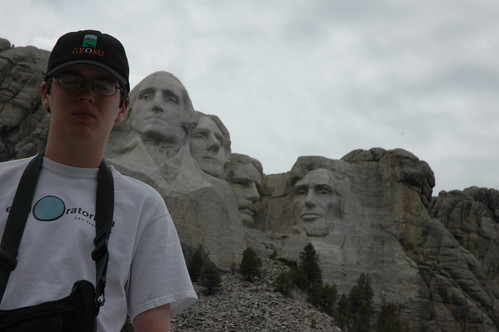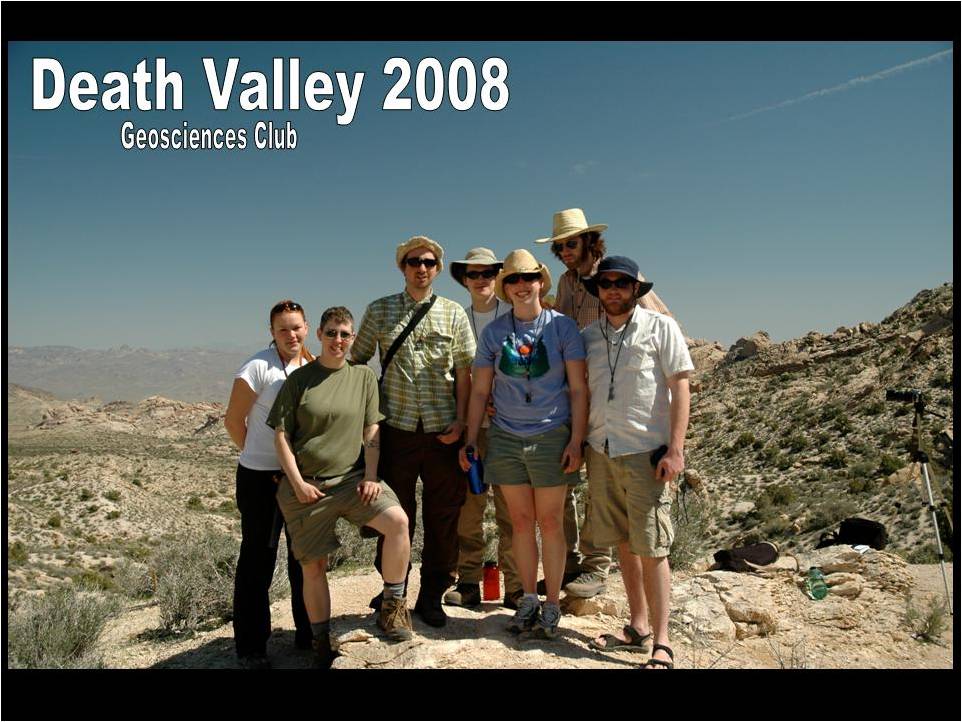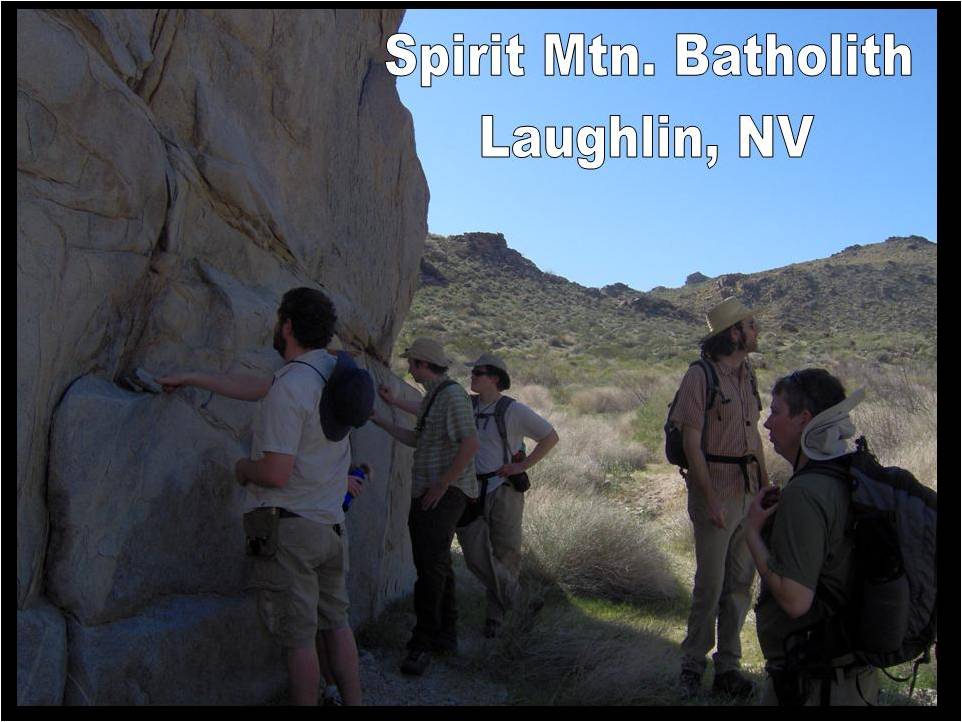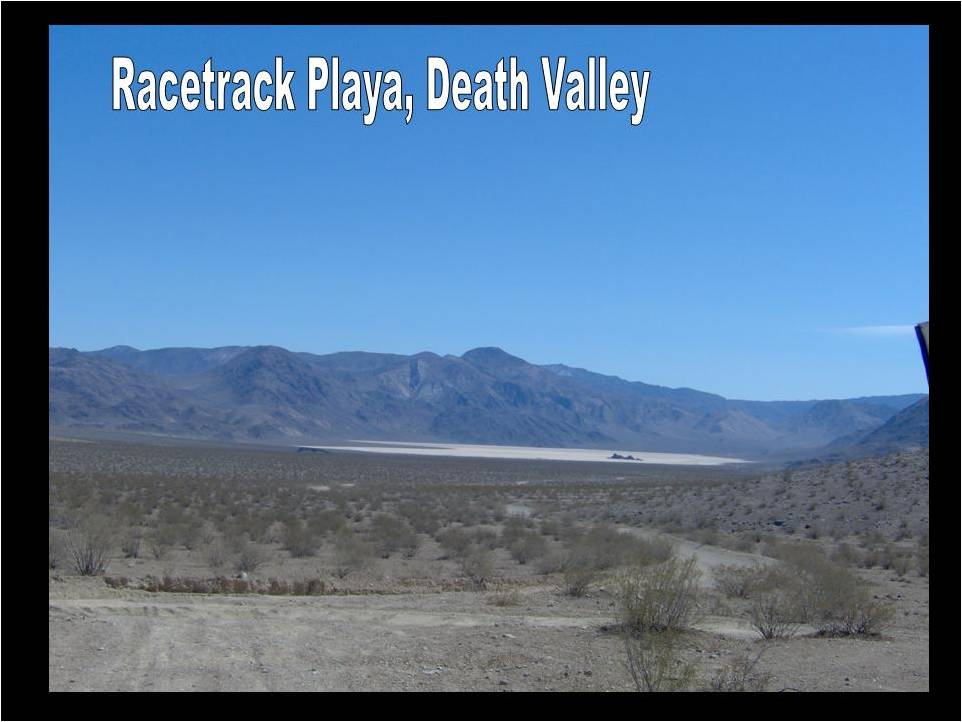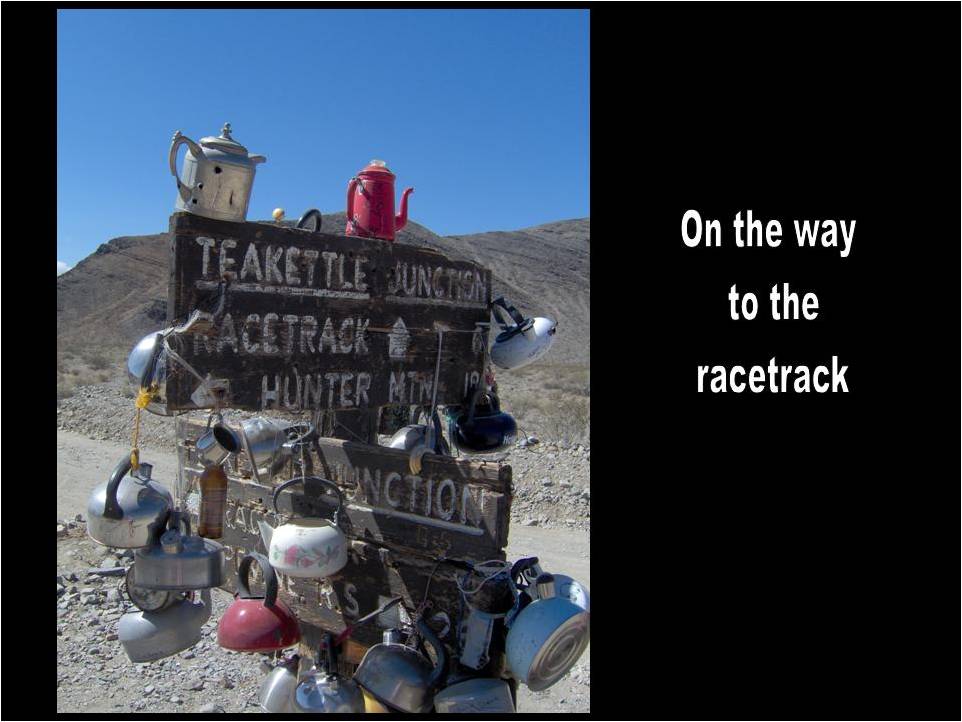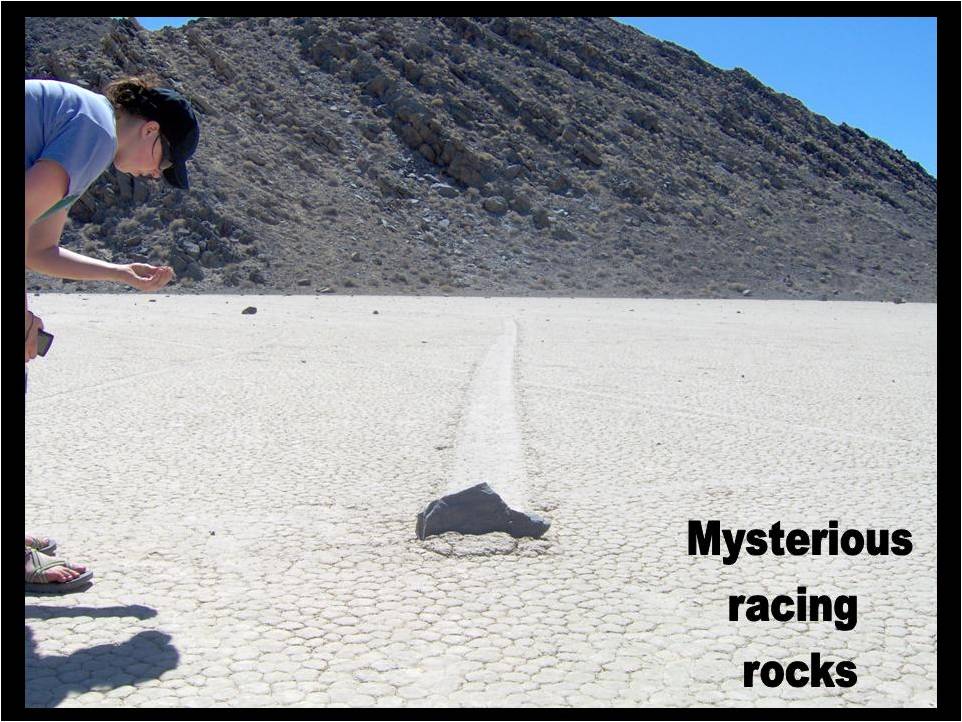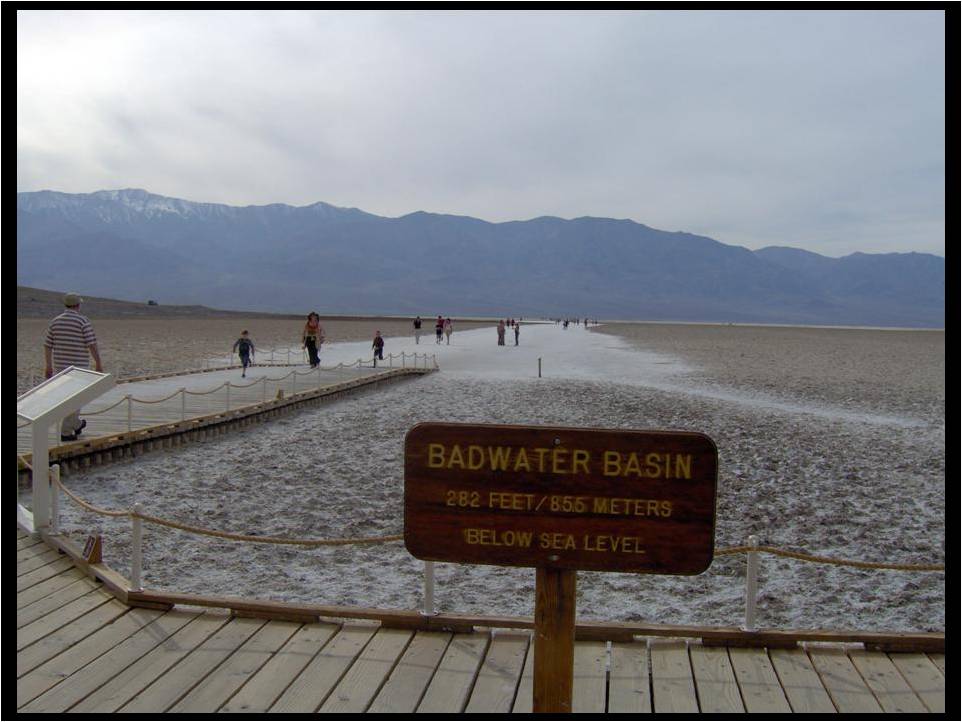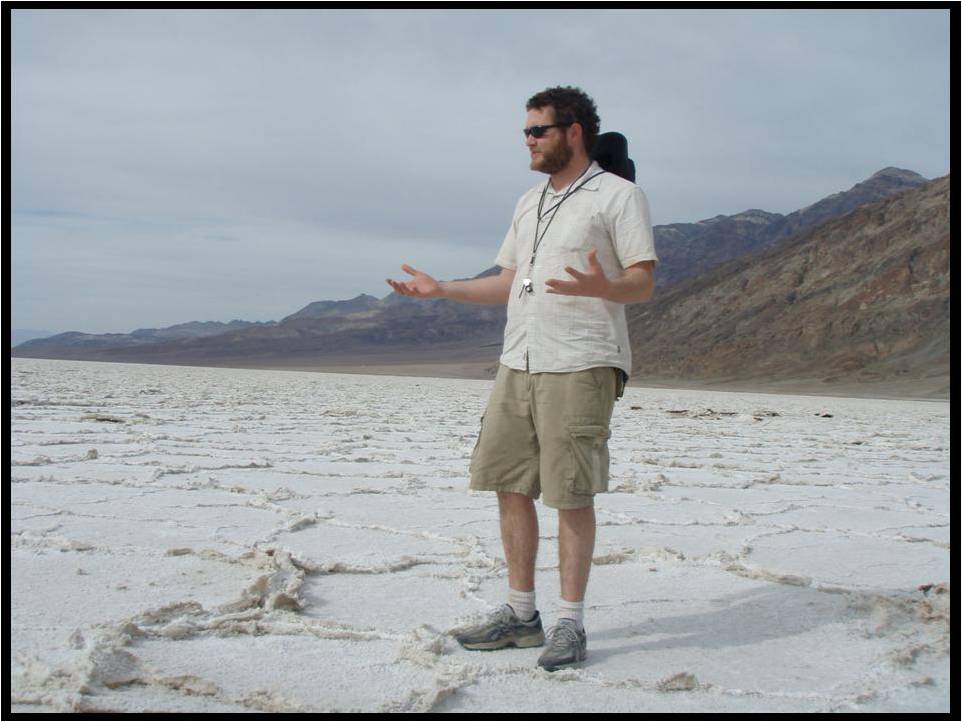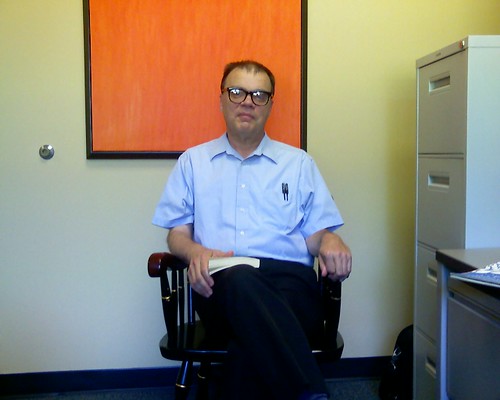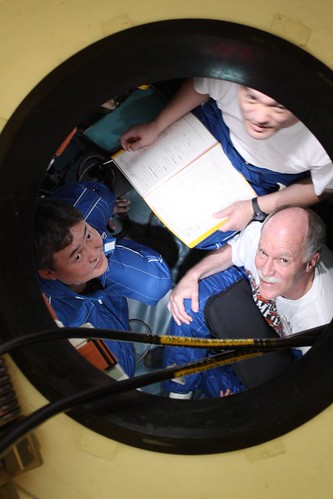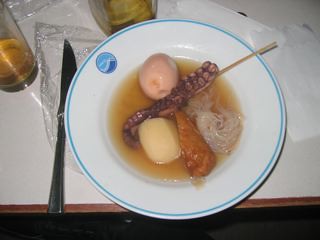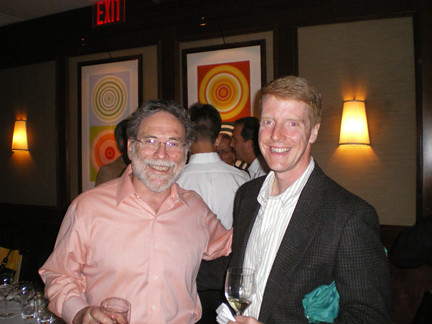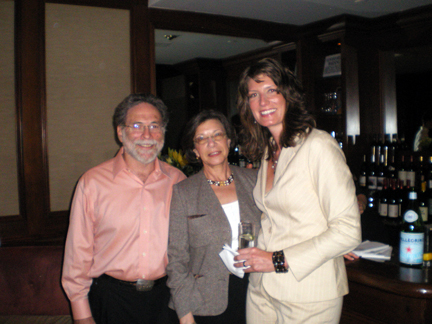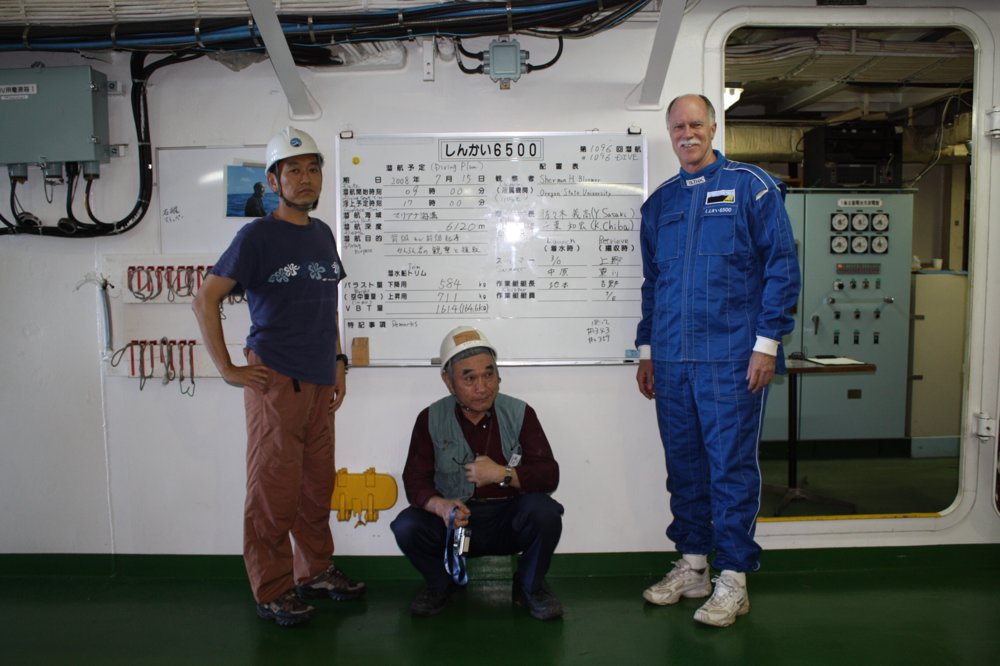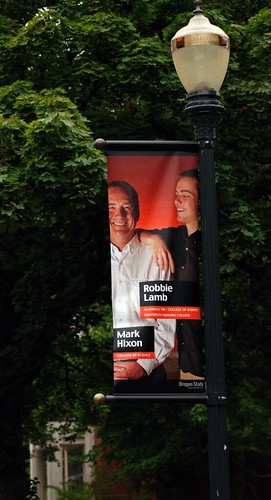
Mark & Robbie's banner on Campus Way: “The role of the mentor is to help students find their passion. If they leave the university with a passion for what they want to do in life, then it’s been a successful education.” - Mark Hixon
University Advancement at OSU has just introduced new banners around campus that help illustrate stories from the mentor program — “recognizing the relationships that change lives”.
In the picture, we show one of the banners which features Dr. Mark Hixon, professor of Zoology, and Robbie Lamb (’08). We asked Dr. Hixon to tell us a little bit about Robbie:
Robbie started working with Dr. Hixon doing image analysis in his lab for a coral reef fish project. He then spent his sophomore year in Ecuador, first as an exchange student studying in an Ecuadorian university, and then as a marine biology intern for the conservation group Equilibrio Azul. (View their website translated into English.)

Robbie Lamb doing scuba surveys in the Bahamas
While working for Equilibrio Azul, Robbie spent every morning monitoring shark catches in the local fish market, as well as weekly beach surveys monitoring the local sea turtle nesting habits. Upon his return to Corvallis, Robbie went back to work for Dr. Hixon, this time with the intent of traveling to the Bahamas with the Hixon lab for the summer fieldwork season. Robbie secured two research grants to pay his own way to the Bahamas, where he spent three months working as a SCUBA research assistant. He also used his grants to perform his own study on the Oregon coast with the help of an Oregon Sea Grant undergraduate research fellowship.
Robbie graduates from OSU in September with honors degrees in biology and international studies. He will then move back to Ecuador to start work on a Fulbright fellowship, working to improve the sustainability of small-scale Ecuadorian fisheries.
For more great reading on Dr. Hixon and Robbie, check out these two articles in Terra:

